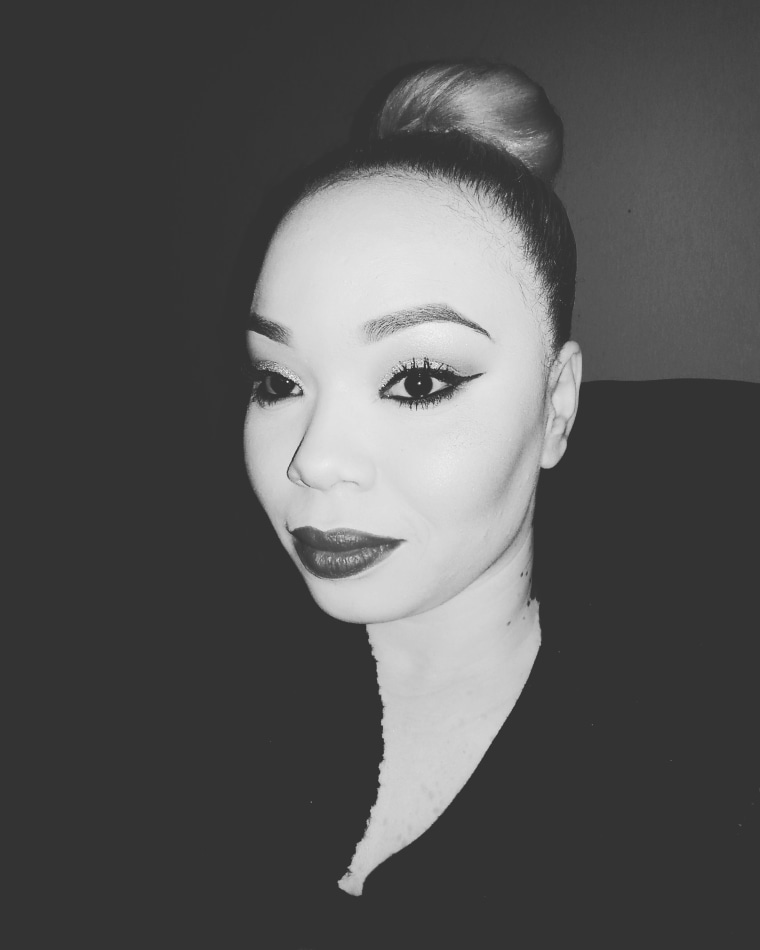“Cheetah,” “Leper,” Tanesha Brown has been called it all.
Brown is one of millions of people with the skin disease vitiligo — a condition characterized by white patches that appear on various areas of the body such as the hands, feet, arms and around the mouth and spread across the body over time.
There is not a known cure for it, but there are treatments to even skin tone.
The American Academy of Dermatology says the condition affects everyone of all ethnicities, but the light colored patches are easier to see on darker skin.
Brown was diagnosed with the condition when she was five. The white spots continued to spread throughout her childhood and when she was 12 her mother took her to see a dermatologist for treatment.
Her mom tried a treatment that used a combination of medication and a UV light similar to a tanning bed. The doctor told them it could cause blisters and permanent scarring so her mother stopped the treatment and said, “She's just going to be who she is.”

In sixth grade, she started wearing make-up to cover her spots. It helped conceal the discoloration, but the taunts continued.
“Middle school was a wreck for me,” Brown said. “Kids had never seen anyone like me, the only reference they had was Michael Jackson.”
The bullying continued in high school as the white patches spread across her body. Brown says she was mostly mistreated by other African Americans. A group of black girls said she shouldn’t show her skin because of how she looked.
Brown turned to family and friends for strength. And she would joke about her illness to her family as a way to cope.
“I would make jokes about myself to my family so no one else would hurt me,” Brown said. “I look like a cheetah I would tell myself.”
She lost the majority of her skin color during her early 20’s after the birth of her two sons.
Today Brown, 32, is still mistreated, stared at, and some people have told her they like her “lighter” instead of darker.
Now that the majority of her skin is white, people question and confuse her race. People think she’s “exotic” and she is every race except black. Brown says this is very offensive.
“People say, you’re really pretty, but what are you?” Brown said. “My response is,’ I’m human. I’m a black woman, let me be that.”
Brown said she found the strength to accept who she is from being a mother. She believes what she went through helped her not only regain confidence, but made her a stronger person.
“I had to have strength to be a mom," Brown said. “How can I teach my kids about love and self worth if I didn’t feel that myself?”
Brown tries to empower others with vitiligo and other conditions through "Kiss My Ego", a non-profit organization that encourages people to love themselves regardless of their differences.
“It’s a confidence thing," Brown said. "We have a distorted view of what people are supposed to look like,”
Brown is a make-up artist in her own salon in West Hollywood, but she no longer uses make-up to cover up her imperfections. And as a volunteer with the American Cancer Society, she uses her art to make others feel beautiful by doing their make-up.
Brown hopes her openness about her condition will inspire others with vitiligo to feel beautiful and confident by embracing their own imperfections.
“Unplug from thinking you have to look like everyone else,” Brown said. “It’s okay to be different, show the world your differences and your uniqueness.”
